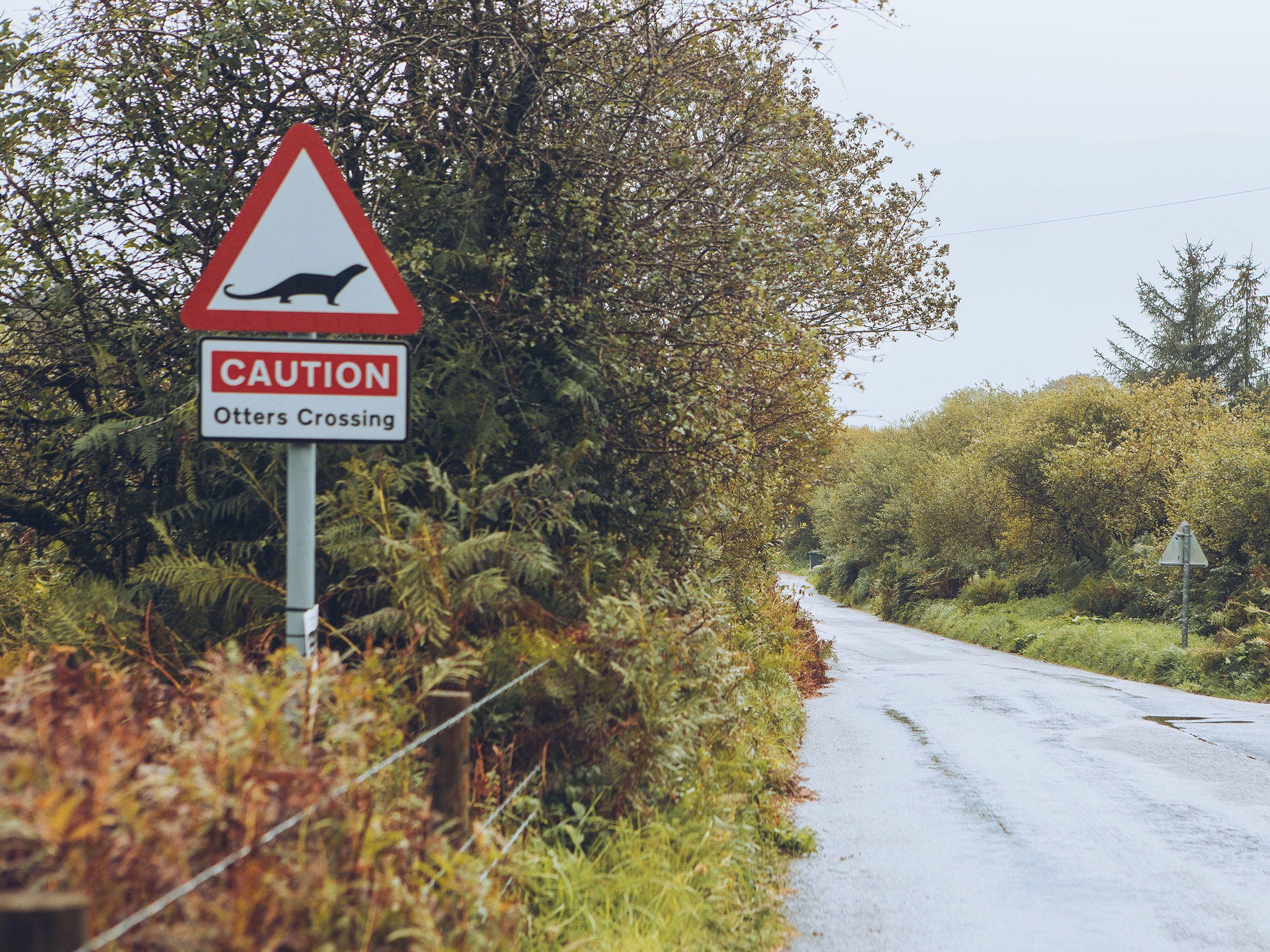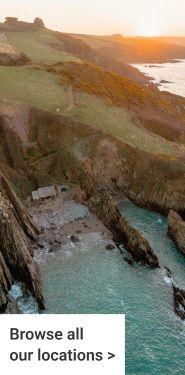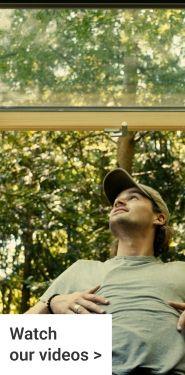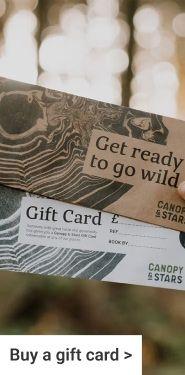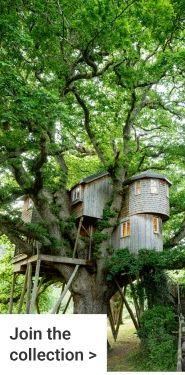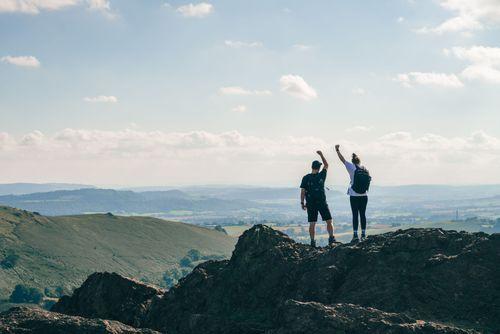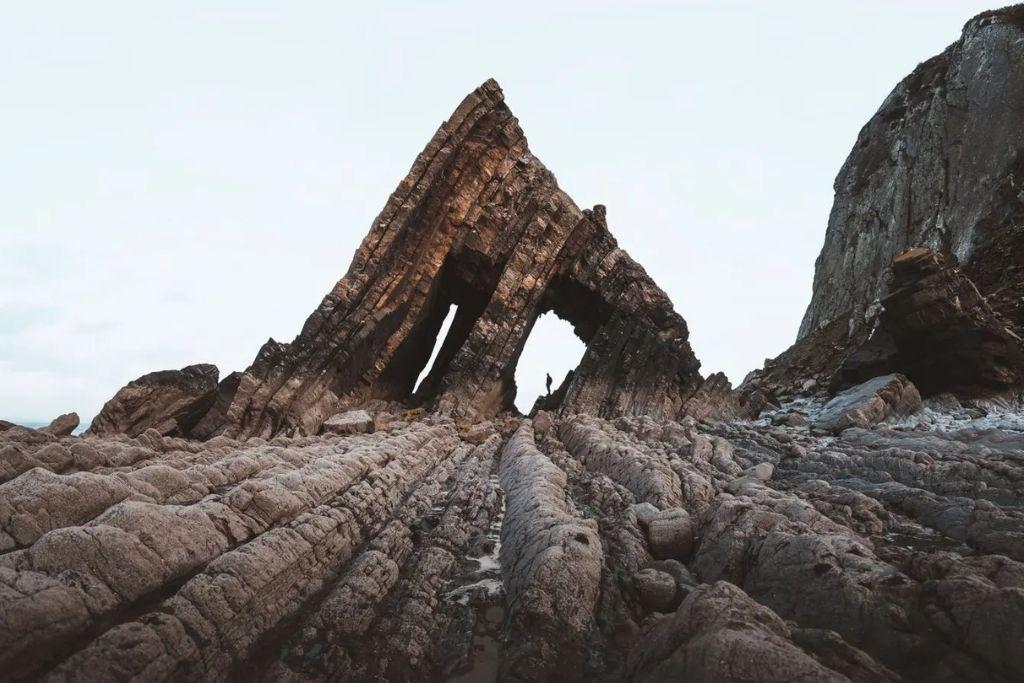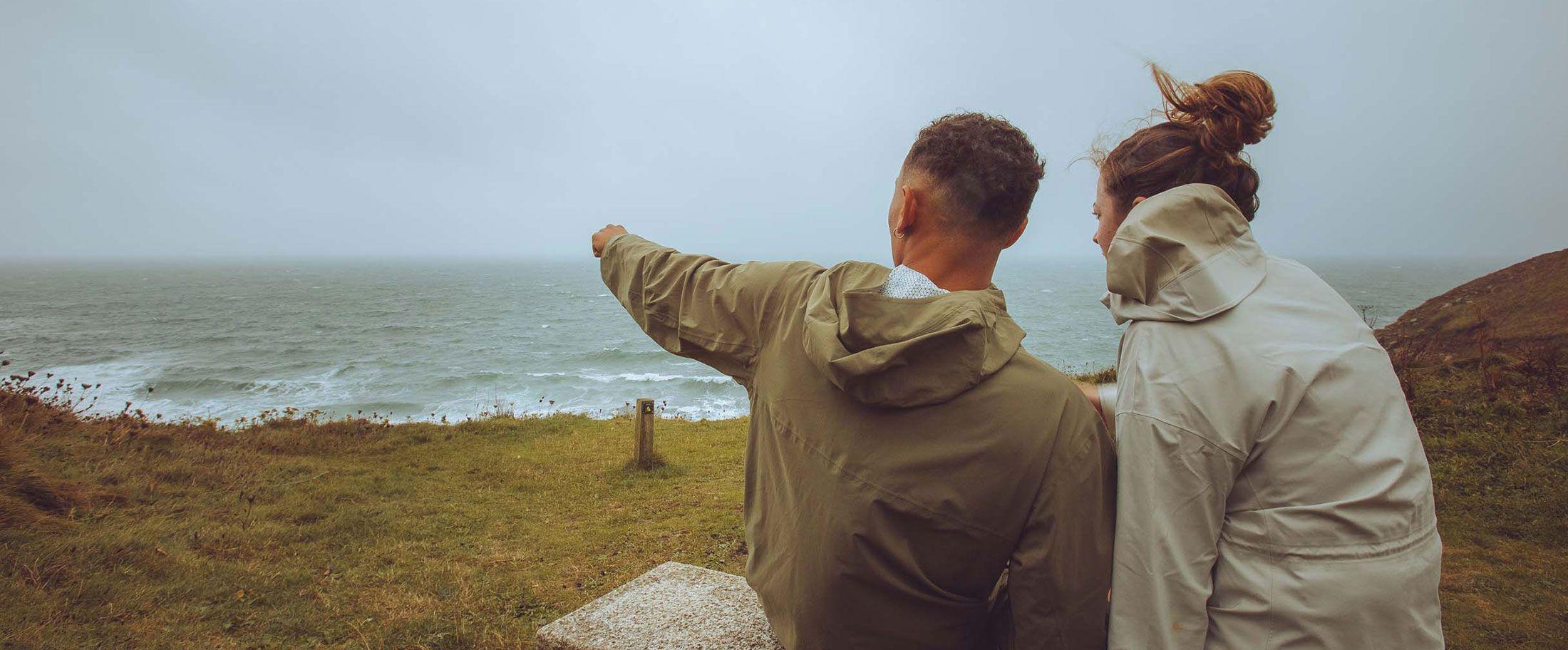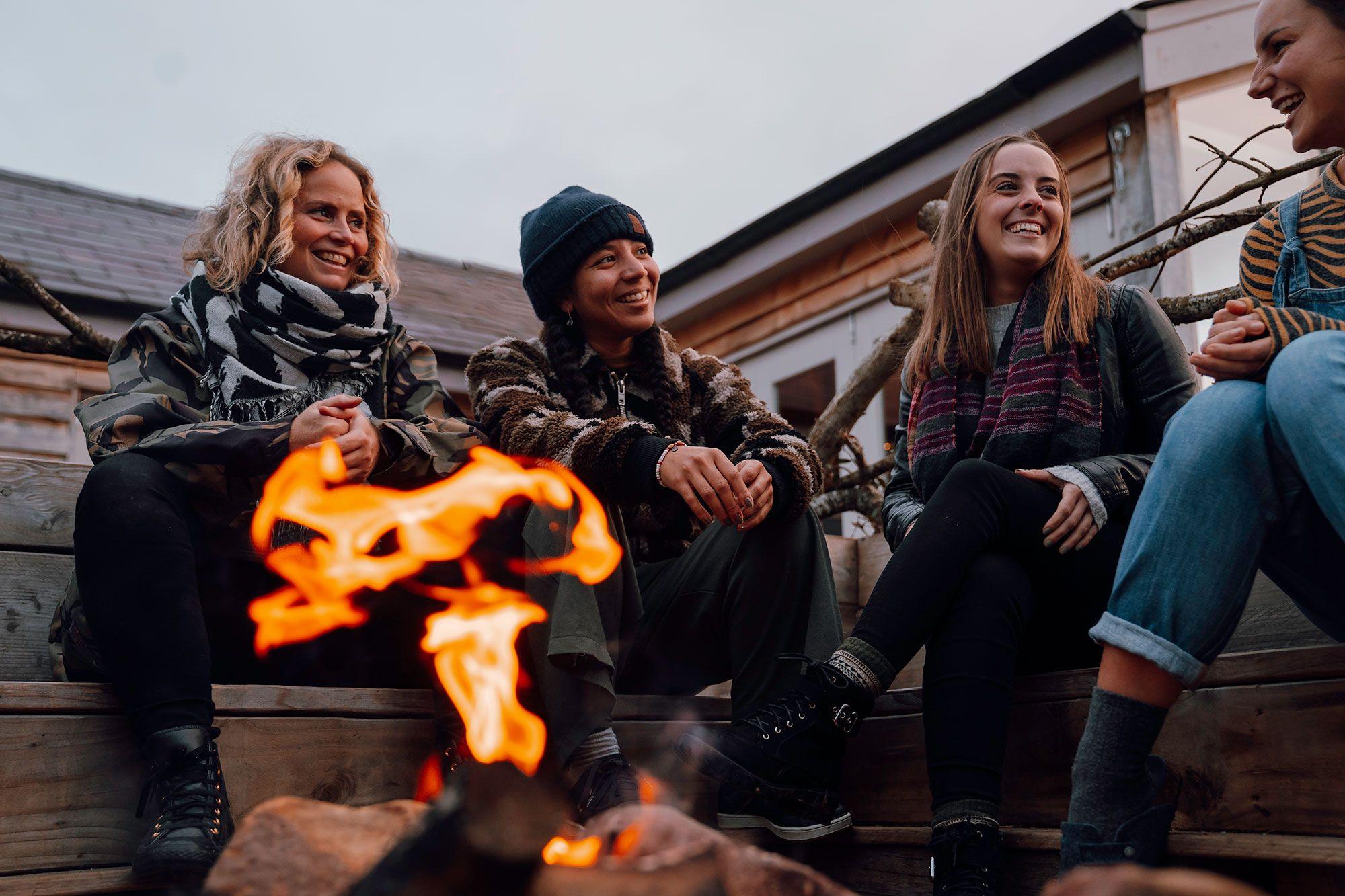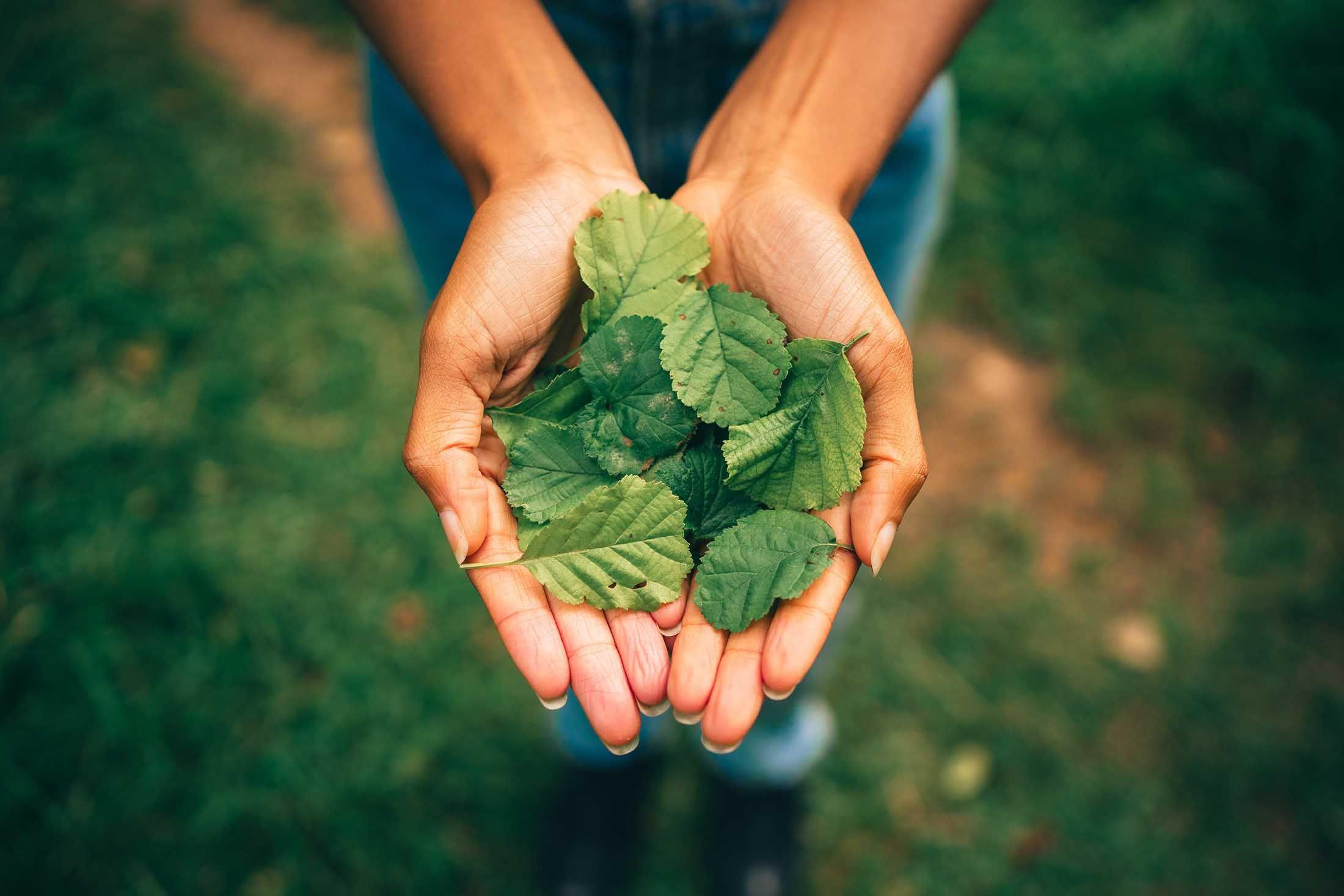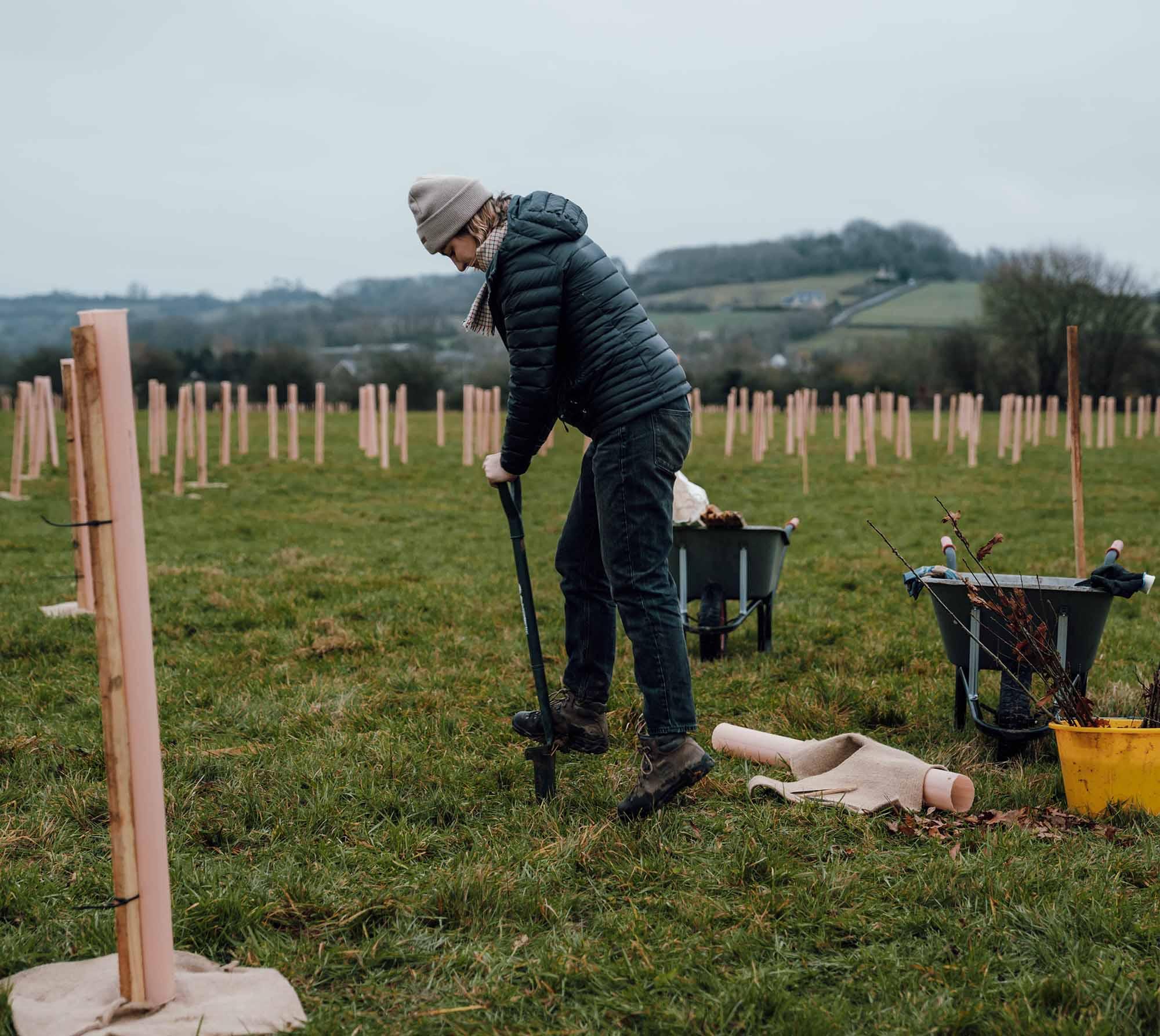Five tips for autumn photography
Photographer Daniel Alford tells us why he loves working in Autumn and how to capture the best of the varied, spectacular season.
Autumn is my favourite time of year to shoot for one main reason. The weather. As the days shorten and the trees turn golden, the British weather becomes extremely dynamic. Usually the weather can change quite dramatically during the space of one day, this gives great opportunity to photograph all kinds of different light and different types of images and puts your skills to the test.
Getting up early and high
There’s nothing like waking up on a hill top with a sea of cloud stretching out before you on a crisp autumn morning. As the nights get longer and cooler through autumn and with our days staying comparatively mild, this mix of temperature variation creates ample opportunity to photograph mist and fog early in the morning, especially from a high vantage point.
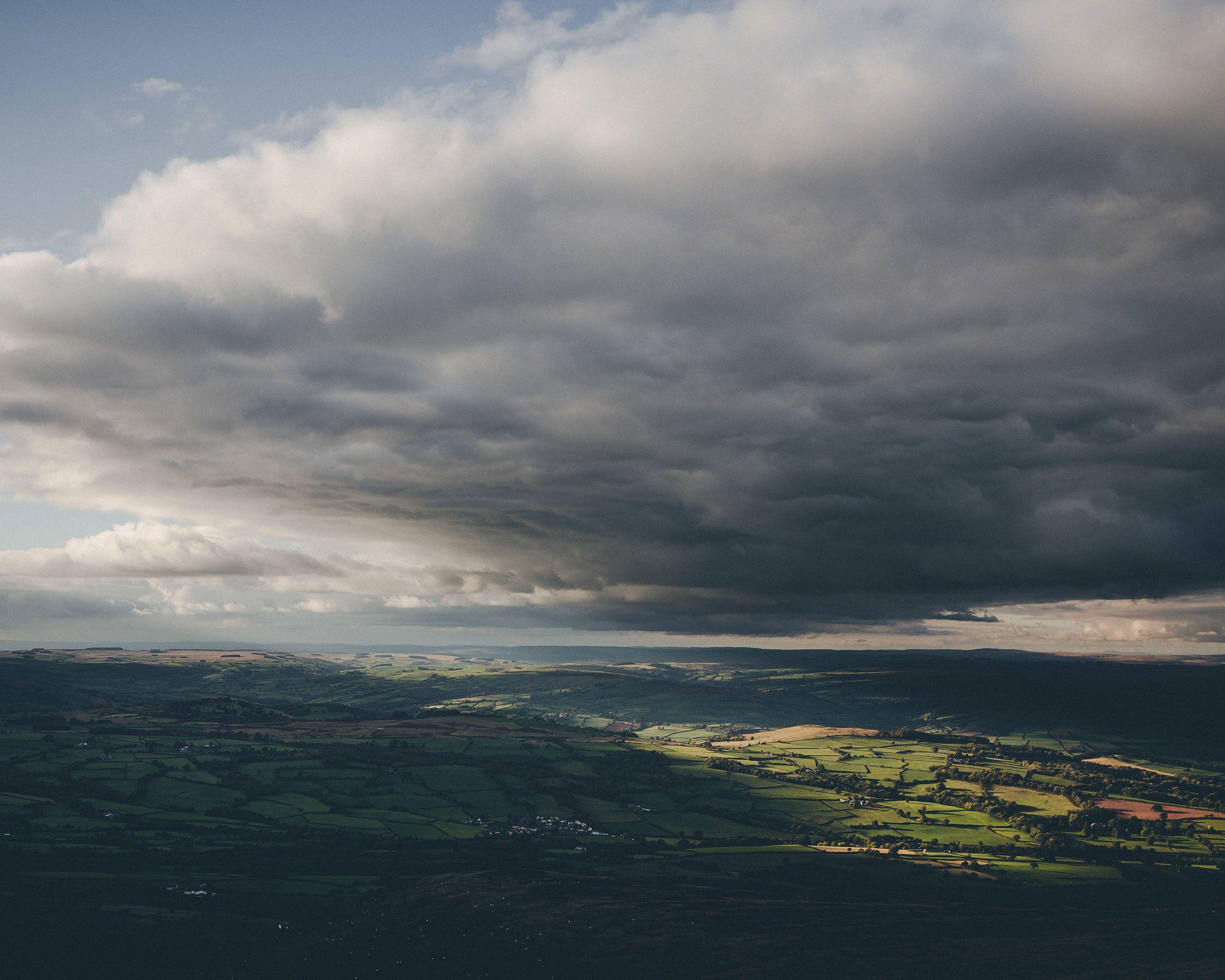
Autumnal Wildlife
Autumn is an extremely busy and important time for much of the UK’s most-loved wildlife. A rush of activity provides ample opportunity for photography. In the Highlands of Scotland, the Red Deer rut takes place at this time of year as the stags battle it out against a backdrop of some of the UK’s most stunning landscapes. This is also a busy time for red squirrel and many bird species. Make sure you have a pair of binoculars and a zoom lens of at least 200mm handy on walks as you never know what you could bump into.
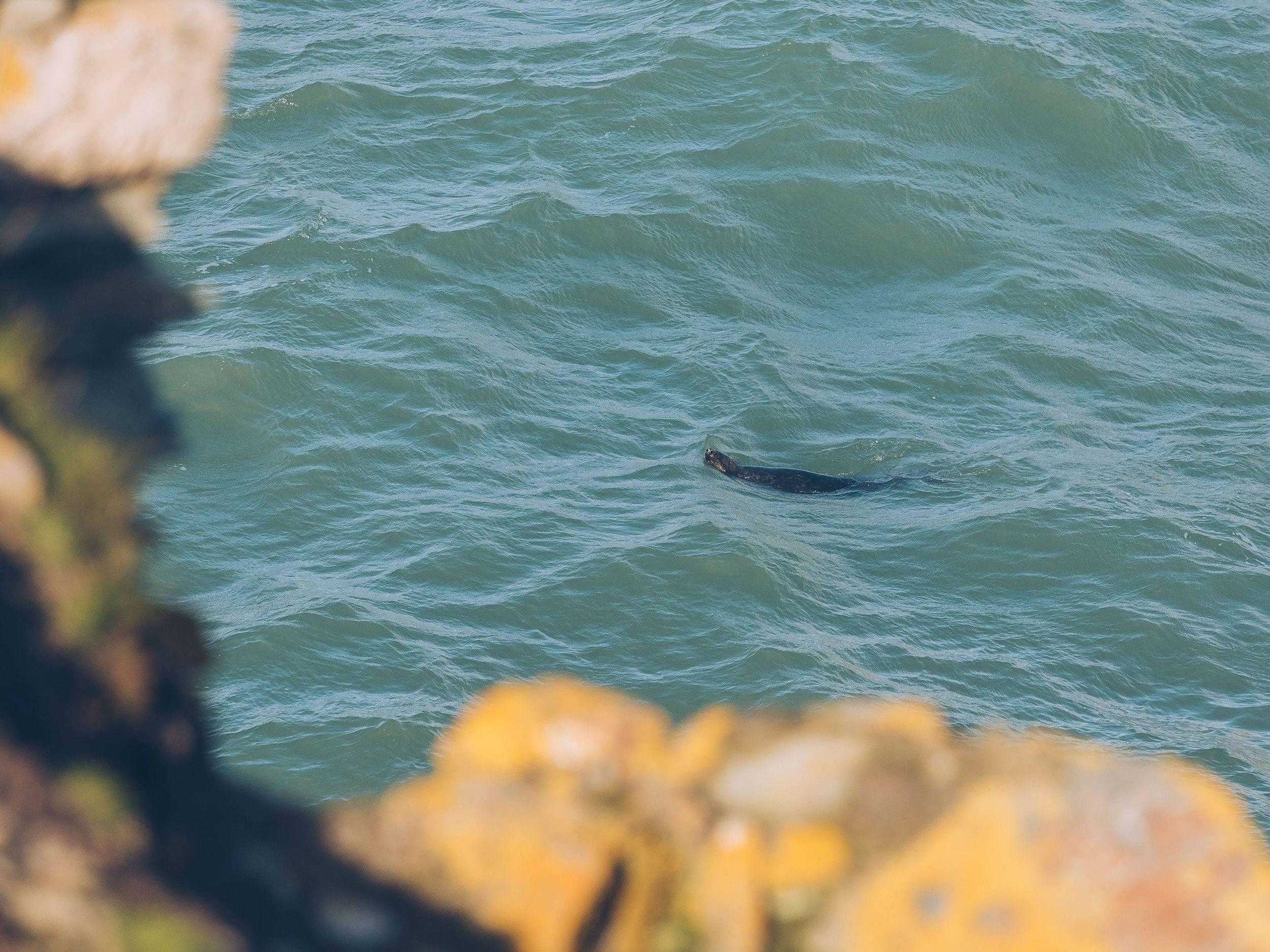
When to shoot
Autumn light has a very unique quality. As the sun dips lower and lower on the horizon every day, the light falls much more laterally and is soft, with an orange hue. ‘Golden hour’ or ‘Magic hour’ are very popular with photographers for a good reason. This is when the light is at its most cinematic. It’s an hour before sunset and an hour after sunrise and in Autumn, these times are much more accessible for those of us who like a lay in, so there's no excuse for missing them! Also if you hang around after sunset or just before sunrise the light has a beautiful soft blue quality, known as ‘Blue hour’.
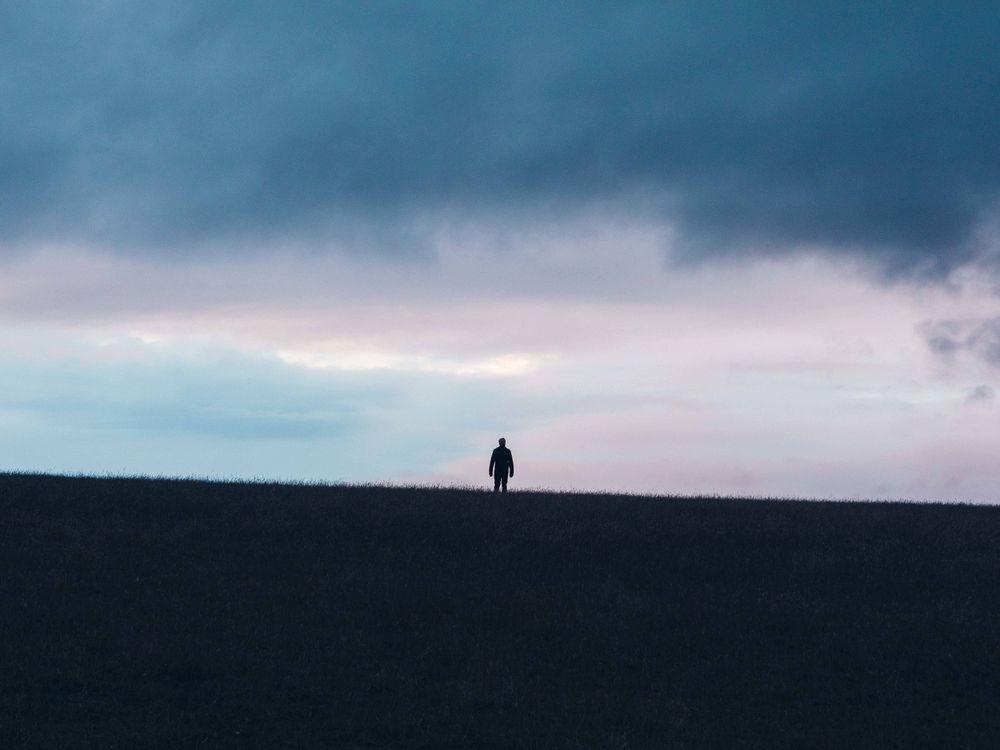
Composition
Composition and narrative are absolutely key to any photograph, so be sure think about ‘why’ you want to take a photograph and what you want people to see. Composition is a great tool to communicate your message. Mixing features of the landscape with human elements can be great to create a sense of narrative. A winding path, an old farm house, a gate, a person stood on the horizon...
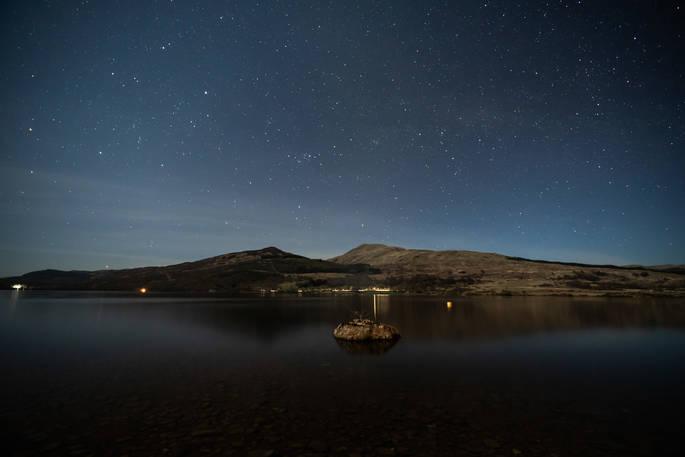
Settings
In terms of camera settings it's common to shoot portraits or details at a low depth of field (f2.8) and wide open shots with a high depth of field (f11). However, the rules are made to be broken so experiment as much as you dare. That leaves us with shutter speed and ISO. ISO or ‘film speed’ should generally be as low as you can get it without the image becoming too grainy. Although I don’t mind a little bit of grain so I usually leave my ISO somewhere between 400-800. For a sharp image shooting handheld I don’t go below 1/60th of sec as a general rule of thumb.
